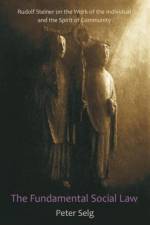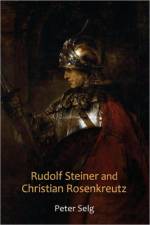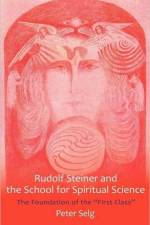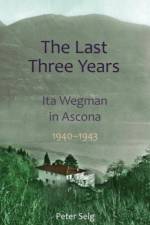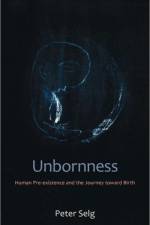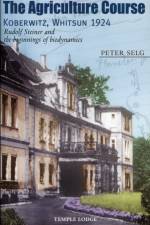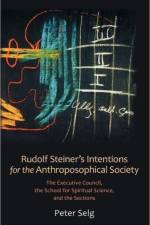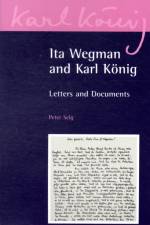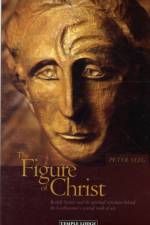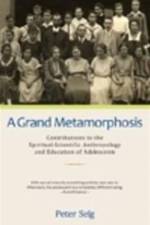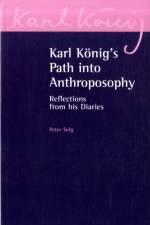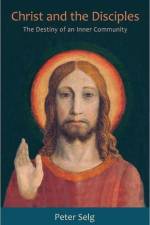- Contributions to the Spiritual-Scientific Anthropology and Education of Adolescents
av Peter Selg
227
"A tumultuous situation arises in the relationship between the adolescent...and the world. This tumultuous situation is necessary, and as teachers, we need to have it in mind during the years leading up to it. Overly sensitive teachers might get the idea that it would be better to spare young people this upheaval. However, in so doing, they would make themselves the worst enemy of youth."--Rudolf SteinerAdolescence is the period during which we first sense, as human beings, our responsibility for earthly existence, and, inevitably, it is a time of turbulent transition and inner turmoil. During the first two seven-year periods of life, our soul, spiritual being gradually incarnates. With puberty, it takes hold of our whole being and turns outward to befriend the Earth and the forces of life and death.Steiner calls this profound inner transformation "a grand metamorphosis." As parents and teachers and as individuals who still bear its fruits and wounds, we all know the contours of the upheaval. However, educational and parenting practices too often ignore it, unaware that the great changes in our children call for equally great changes in us. To remedy this, Dr. Peter Selg proposes, "Use Rudolf Steiner's work to highlight the fundamental structure of the crisis of adolescence and the pedagogical challenges that emerge as a result."As a psychiatrist who has worked intensively with adolescents in crisis, and who carries a deep existential and thorough scholarly knowledge of Steiner's teachings, Dr. Selg highlights the radical nature of Steiner's approach, which demands that teachers and parents change as their children change. Drawing on Steiner's practical admonitions during lectures and teacher's meetings, Selg reminds us that the ideal of Waldorf teachers is "to educate by behaving in such a manner that, through their behavior, children can educate themselves."This is especially true once children reach sexual maturity, when teachers must not teach young people so much as welcome them as independent, equal individuals, able to transform the gift of sympathies and antipathies into a new moral orientation out of their own essential nature. Teachers must therefore be able to speak directly and authentically about the world. Abstractions and generalities have no place in the dialog; young people want to know the real causes of things and want to be addressed as equals. Selg also points out that teachers must be aware of the growing difference between the sexes and the way each carries a different secret life inwardly.Steiner's indications provide a timeless method of meeting students in the right way. The detailed spiritual-scientific indications in this book help parents and teachers to become well equipped with deeper understanding for the challenge of adolescence.The appendix includes speeches by a graduate of the first Waldorf school and one of the first teachers, as well as a letter by Dr. Ita Wegman, each of which reveals an intimate reflection on the life of the Waldorf school during its earliest years and an earnest hope for the future growth of this approach to education. "In a way, a teacher has to be a prophet...dealing with what will live in the future generation, not in the present."Dr. Selg also provides copious notes that offer practical wisdom and many avenues for readers to take up their own research.This volume is a translation from German of «Eine grandiose Metamorphose: Zur geisteswissenschaftlichen Anthropologie und Pädagogik des Jugendalters».

